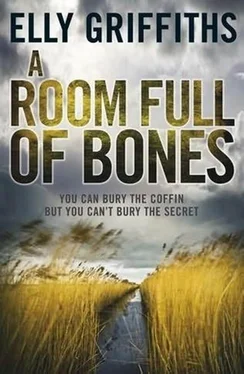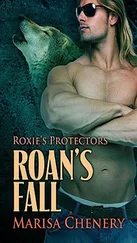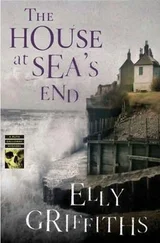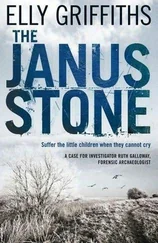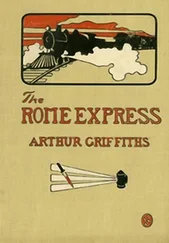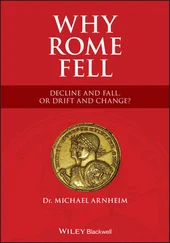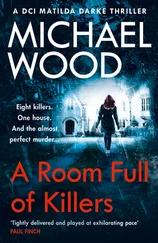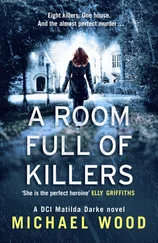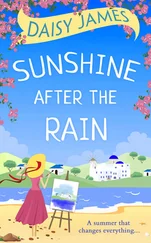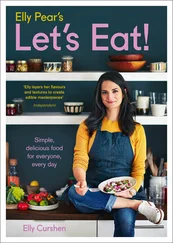‘I was so sorry to hear about your father,’ she says.
‘Thank you,’ says Caroline. She has rather a hesitant voice, at odds with her commanding presence. ‘I wasn’t sure whether to come today. Tam… my family thought I shouldn’t, but Cathbad persuaded me.’
‘He’s very persuasive.’ Ruth echoes Max.
‘I’m fascinated by the Aboriginal peoples,’ says Caroline. ‘I once spent a year in Australia. You know that the Aborigine map of Australia is quite different? It’s literally a different country.’
‘The names are different aren’t they,’ offers Ruth. ‘Ayers Rock…’
‘Yes, Ayers Rock is a colonialist name. Its real name is Uluru. It’s part of the Ulura-Kata Tjata National Park. The red heart of Australia.’
She manages the names with aplomb but there is something so intense about her that Ruth backs away a little.
‘How do you know Cathbad?’ she asks.
‘I went to one of his archaeology courses.’
‘Cathbad runs archaeology courses?’ Ruth can’t help but be aggrieved. She’s the one who works in the archaeology department but Cathbad has never mentioned any courses to her.
‘It’s not conventional archaeology,’ says Cathbad modestly. ‘It’s more about ritual and mystic symbolism.’
‘Oh.’ Ruth stops feeling aggrieved. Mystic symbolism’s not exactly on the university curriculum.
‘Of course,’ says Max, ‘archaeology’s all about ritual and symbolism. Even people we think of as primitive buried their dead with some elements of ritual, for example. We don’t always know what the symbolism means but we know that it’s there.’
It could be Erik speaking, thinks Ruth. She looks at Cathbad, wondering if the same thought has occurred to him. Max was a fan of Erik’s, Ruth remembers (though, in some ways, she has never really forgotten). She wonders why Max, an expert on the Romans in Britain, has come to a conference on the treatment of Aboriginal relics.
‘Some museums in Sussex hold Indigenous Australian relics,’ he says, as they take Claudia for a quick walk before the afternoon session. ‘I’ve been asked to look into it. Personally, I don’t think there can be any argument against returning them. They’re so important in Aboriginal Australian culture.’
‘I agree,’ says Ruth, panting slightly (Max walks very fast). ‘But I can’t agree that human bones shouldn’t ever be excavated. We learn so much from them.’
‘Yes,’ says Max. ‘But what do we do with that knowledge? That’s the question.’
The afternoon session, led by Bob Woonunga, turns out to be riveting. The autumn sun is low against the windows. Bob, wearing a cloak that is apparently made from possum skin, sits on the floor in the centre of the room. One by one the listeners abandon their chairs and sit in a circle around him. Ruth finds herself squashed up close to Max and Claudia. She is grateful to the dog for providing a barrier between them. As she strokes Claudia’s head, her hand brushes against Max’s leg. He smiles but doesn’t move away.
‘In the beginning is the Dreaming,’ says Bob. ‘And in the Dreaming lies the sacredness of the earth. It is the beginning of all things but it is not in the past. It is the past, present and the future. When we bury them in the earth the ancestors return to the Dreaming, and in this way the circle is complete. Every place and every creature belongs to the Dreaming. It is where the spirit children live before they are born and where the dead go when they leave their physical life.’
Bob tells them about souls that are buried in the sand, marked with twigs. Anjea, the fertility goddess, picks up the twigs and arranges them in a circle. She then makes new souls from mud and places them in the wombs of barren women. He tells them how the Bagadhimbri, two brother Gods in the form of dingoes, created the first sex organs from mushrooms. He tells them about Bahloo, the man in the moon, who keeps three deadly snakes as pets. He tells them about the Mimis, fairy-like creatures who live in rock crevices. He tells them about the Nargun, who abducts children by night. He tells them about cloud and rain spirits, about the Sun Goddess, and Yurlungar, the copper snake who was awoken from sleep by the smell of a woman’s menstrual blood, ate the woman and was later forced to regurgitate her. In Australian Aboriginal rites-of-passage ceremonies, says Bob, the vomiting symbolises boys becoming men. Ruth thinks, considering the circumstances, that the transition from girl to woman would be more appropriate.
But Bob’s greatest enthusiasm is reserved for the Rainbow Serpent, the great snake who, in the Dreaming, meandered over the land creating rivers and waterways. His body hollowed out the valleys; where he rested great lakes were formed; the stones are his droppings and his sloughed-off scales created the forests. The Snake, Bob tells them, is the totem of his tribe and he has written many poems about him. He reads some now, his words meandering over the room like the snake itself, winding themselves around its dark corners, taking shape in the last rays of the afternoon sun.
Strange, thinks Ruth dreamily, that the snake should be the big baddie in the Christian creation story. Here he seems to be both hero and villain, at once creating and destroying. One of Bob’s poems describes how the snake eats a boy because he won’t stop crying, but then the boy and his crying are absorbed into the Dreaming. Bishop Augustine, too, seems to have had rather an obsession with snakes. On one hand the snake was the demon to be destroyed, on the other the agent of his vengeance. Of course, the snake has another, more Freudian connection too, especially if Augustine’s sexuality really is in doubt. Did the snake represent Augustine’s assumed manhood? Aren’t some snakes hermaphrodites?
Bob finishes by reading from from a piece by the great Aboriginal poet Ooderoo Noonuccal. It’s called The Ballad of the Totems and is about her father and the sacred symbol of their tribe. In one place she describes it as a ‘carpet snake, which sounds rather odd to Ruth. Carpet Snake sounds more cosy than the great Rainbow Serpent, almost as if it could be used as a draught excluder.
She realises that Max is holding out a hand to help her to her feet. She scrambles up without his help, embarrassed at how stiff she is.
‘What’s happening now?’
‘I think we’re having the smoke ceremony.’ Max points to where Bob is leading the way out through the French windows into the garden. In the centre of the lawn Cathbad is enthusiastically building a bonfire.
‘Cathbad does love fires,’ says Ruth, putting on her jacket.
‘Well, fire’s important in ritual,’ says Max. ‘That was quite some session, wasn’t it? Incredibly powerful poetry.’
It is almost dark now and the wood catches light quickly. Cathbad and Bob, in their cloaks, are silhouetted against the flames. Ruth can see Caroline just behind them, her long skirt billowing. Then she jumps as a loud crack reverberates in the darkness.
‘It’s just a clapping stick,’ says a voice behind them. It’s this morning’s speaker, Alkira Jones. She smiles encouragingly. ‘They’re sometimes called singing sticks. They’re traditional Aboriginal instruments.’ Ruth sees that Cathbad and the other speaker, Derel Assinewai, are now armed with long, decorated rods which they bang enthusiastically together, creating a thunderous rhythm. Bob takes a burning brand from the centre of the fire. ‘Fire is our gateway to the Dreaming,’ he says. ‘Surrender to the fire.’
Boom, boom. The relentless beat continues. Smoke fills Ruth’s mouth and nose. The flames seem particularly pungent, as if they’re mixed with balsam. Her head starts to swim. At Max’s feet, Claudia whimpers.
Читать дальше
